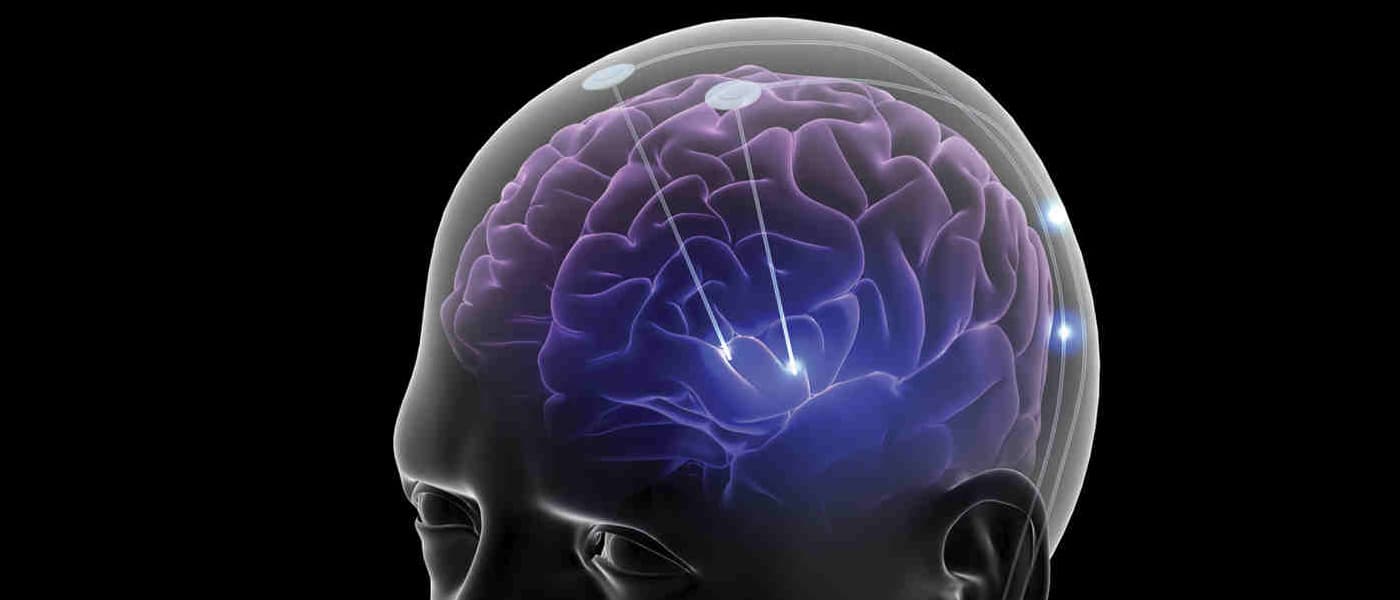Opioid Medicines
Abuse of prescription pain killers or opioid medicines is common. But then again, how else can you treat chronic pain? Unfortunately, addiction is a terrible side-effect that can lead to overdose-related deaths.
But now a research team from the University of Arlington seems to have found a better and more efficient solution: Electrical stimulation.
By delivering electrical currents—which can block pain signals at the spinal cord level—into a deep, middle brain structure, it might be possible to treat chronic pain without the intervention of drugs. At the same time, the technique can spur the release of dopamine, which helps with the emotional distress typically associated with long-term pain.
A Shocking Study
"This is the first study to use a wireless electrical device to alleviate pain by directly stimulating the ventral tegmental area of the brain," said Yuan Bo Peng, UTA psychology professor. "While still under laboratory testing, this new method does provide hope that in the future we will be able to alleviate chronic pain without the side effects of medications."
The team experimented with a custom-built wireless implant, which through electrical stimulation of the ventral tegmental area effectively reduced the sensation of pain, even blocking pain signals in the spinal cord.
This could greatly benefit the almost two million Americans who are addicted or dependent on opioid medicines. The Centers for Disease Control that 165,000 Americans died of opioid-related overdoses from 1999 to 2014.
"Until this study, the ventral tegmental area of the brain was studied more for its key role in positive reinforcement, reward and drug abuse," said Peng. "We have now confirmed that stimulation of this area of the brain can also be an analgesic tool."
Share This Article
